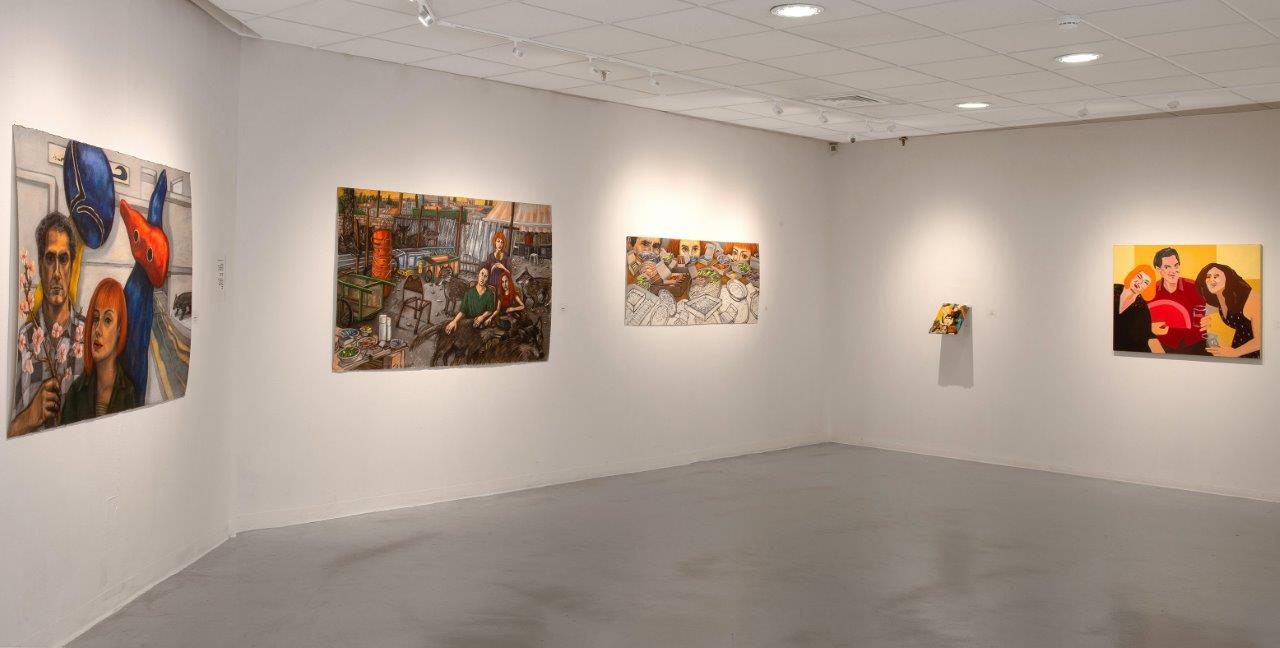
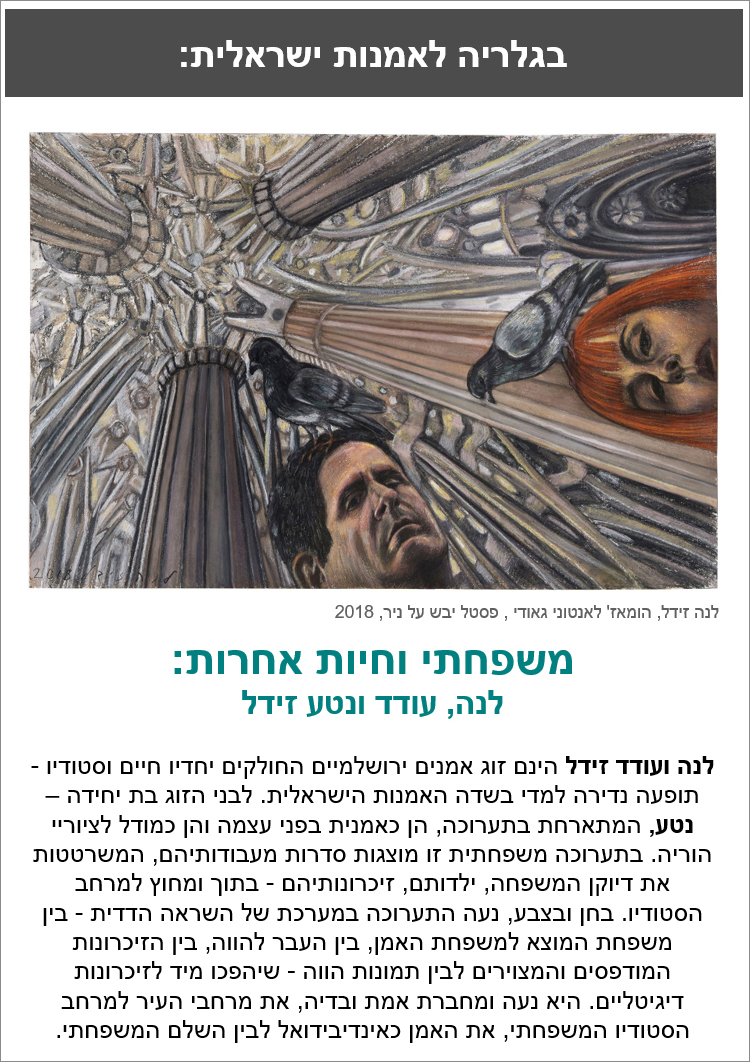





My Family and Other Animals: Lena, Oded, and Neta Zaidel / Michal Shachnai Yaakobi
Behind a table loaded with colorful sticks of pastels are three pairs of eyes –mother, father, and daughter: the Zaidels, the triple gaze transfixing us. An additional animalistic eye looks on, joining the human family. “The Artist’s Family” is the witty title Lena Zaidel, artist and mother, gave to this work, hinting at the well-known motif in art history of “Portrait of the Artist’s Family.”
Many artists have portrayed their families, from European painters in the past, such as Jan Van Eyck, Jacques-Louis David, or Pieter Paul Rubens, through modern Israeli painters such as Reuven Rubin, Avigdor Arikha, Elie Shamir, or Leonid Balaklav. In such paintings, the artist’s family members do not exist independently as subjects, but as “Family of…,” as a kind of expansion of the artist’s own ego. Lena Zaidel’s contemporary treatment of this theme in her paintings is challenging and humorous, especially since all members of her family are artists..
Lena and Oded Zaidel, a Jerusalem artist couple, share their life and studio – an extremely rare phenomenon in Israeli art, although we are hearing about more and more “artist dynasties.” On my visits to their joint studio – he spreading out her paintings, she making room for his – I observed them responding to each other with mutual inspiration. The couple have an only child – their daughter Neta, an artist in her own right, who is a guest artist in this exhibition as well as a subject in her parents’ paintings. In this familial exhibition, series of works on view delineate the portrait of a family, their childhood, and memories – inside and outside of the studio space.
Many of Lena’s works engage in her nuclear family. In broad panoramic drawings, with thick layers of pastel, the artist presents painterly scenes simulating a portrait or a “selfie” photo of the couple or the family in various environments mingling reality with imagination. The scenes are suffused with playfulness, humor, deep knowledge of art and Surrealist connections: fish flying in the air, a wolf pack in the Jerusalem streets, visions of the city and the home studio mixing and fusing.
With freshness and humor, in her work Lena creates a face-to-face confrontation between classical art’s traditional model and portrait and between the culture of the social media “selfie.” Her works comprise numerous homages to artists of the past and their works (Joan Miró, Antoni Gaudi, Marcel Janco and others) alongside of evocations of her own past works (such as the wolf pack she has been painting for many years, representing the wild forces of nature and primordial drives, along with strong family loyalty). Lena’s oeuvre connects past and present, art of the past with her own “here and now” – the streets of Jerusalem. She merges different worlds and eras to create homages full of humor yet disturbing and apocalyptic.
Lena’s contemporary correspondence with art history imbues her works with additional strata, as do the titles such as “The Artist’s Wife,” or “The Artist’s Family,” overtly ironic at the way women were represented. In her paintings, artworks of the past – the objects of her correspondence – often become sort of imaginary familiar houseguests with whom she has a relationship as close as with her real family members. This also holds true for the wild animals that have become entirely domesticated in her paintings.
Wild animals also appear in Neta Zaidel’s drawing, Wild Family. Neta, daughter/artist, is in the picture with her parents, accompanied by a tiger and bear, elephant and owl. As in her mother’s works, her human nuclear family and animal family are integrated into a whole in Neta’s linear drawing. However, unlike her mother’s works, Neta’s predators seem like friendly, non-threatening pets. Her painterly language preserves a childlike gaze.
Oded Zaidel’s intimate scenes of day-to-day family life are painted with broad, flat patches of paint, forming colorful compositions. He painted a “selfie” of his nuclear family after photographs his wife Lena made in a mirror. Other works feature scenes from the family album of his childhood: Oded in a rabbit costume at a Purim party in kindergarten, family members standing in festive dress smiling at the camera at his Bar Mitzvah, or on a trip near the family car. In his paintings, loaded with paint, Oded provides free colorful interpretations of black and white photos similar to scenes well known to many from their own albums.
Oded’s paintings of private family scenes flood us with familiar memories: parents and children in moments of daily life, festive occasions, points in time, ceremonies at milestone transitions from childhood to adolescence. One brushstroke after another, the artist recreates his memories, his own personal history but also our collective one. That same history is concealed in all of our photo albums before the digital era, in photographs preserved in albums instead of clouds, photos that were classified, selected and printed carefully – not snapped and directly broadcast to the public eye.
Blurring, lack of focus or clarity – these all affect photos in a family album, as well as our memory, and so we fill in the picture: from a different memory, or stories, or our desire as to what “should have been.” Oded gazes at the photographed subjects and through them returns to places, experiences, emotions, in an attempt to revive memory, grasp the “good times” and commemorate them.
With charm and paint, the exhibition moves between the family of origin to the artist’s nuclear family, from past to present, between printed and painted memories to pictures of the present – which will immediately be transformed into digital memories. It moves and links truth with fiction, expanses of the city with the space of the studio and the family, and the artist as individual connecting to the familial whole.



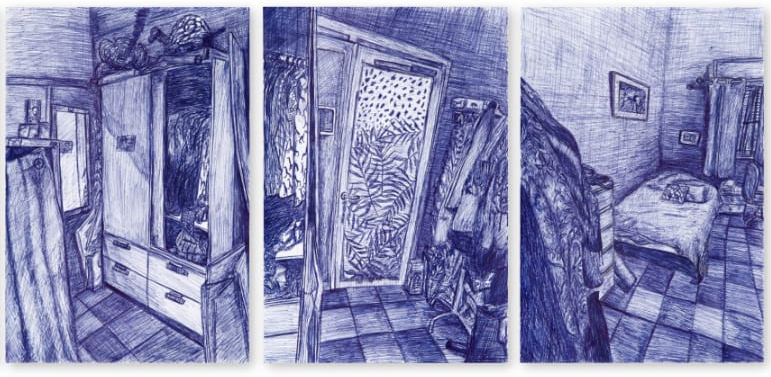
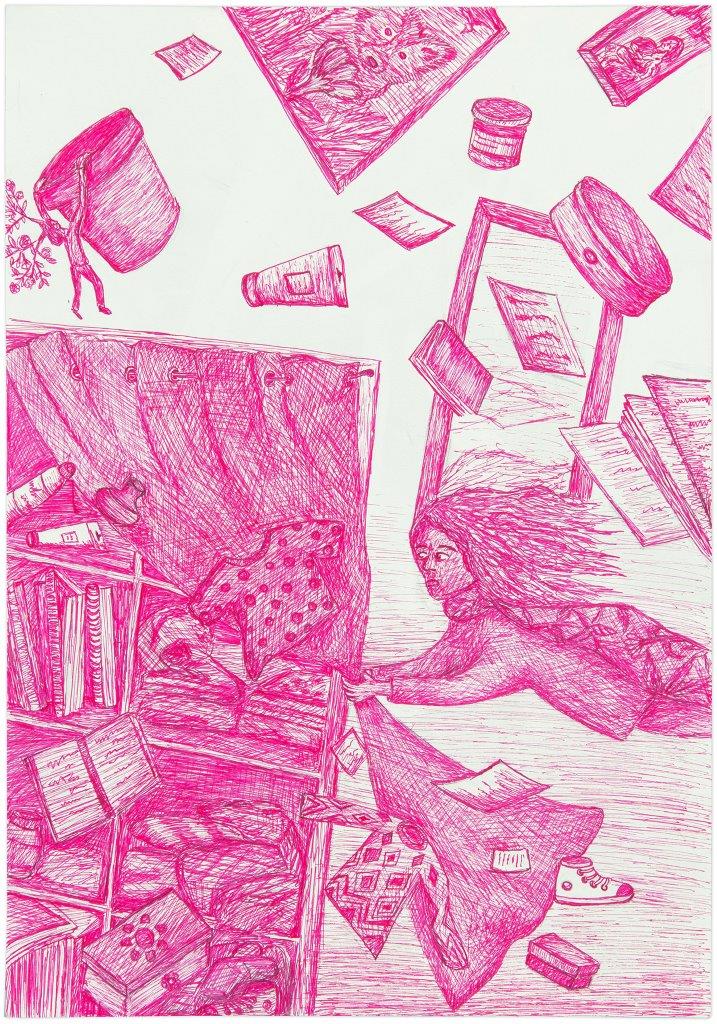
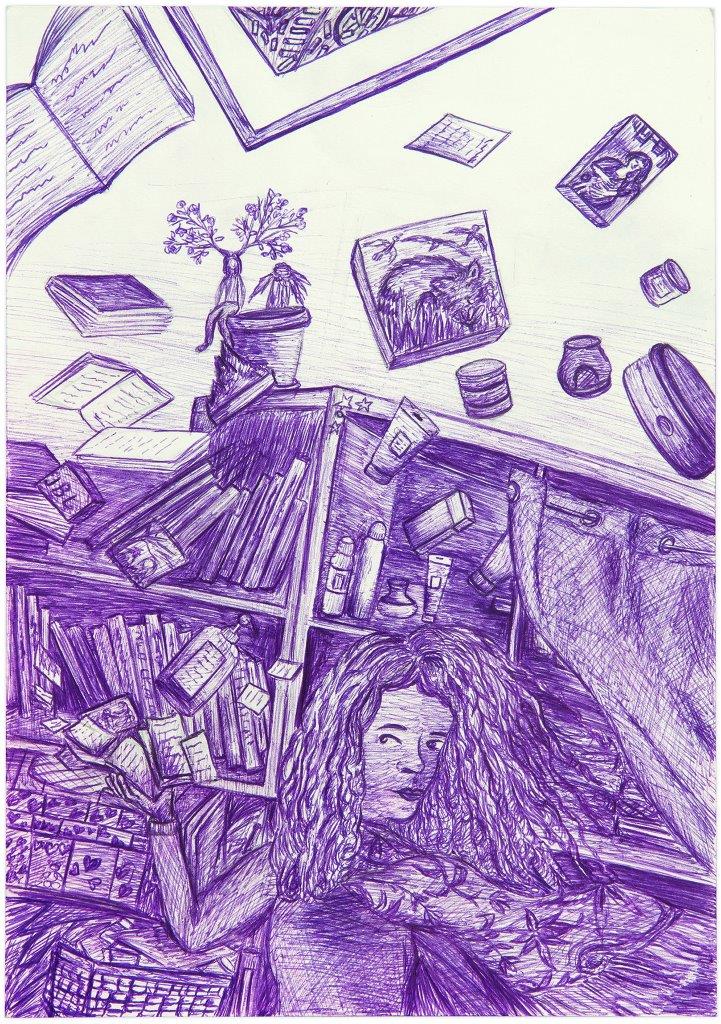

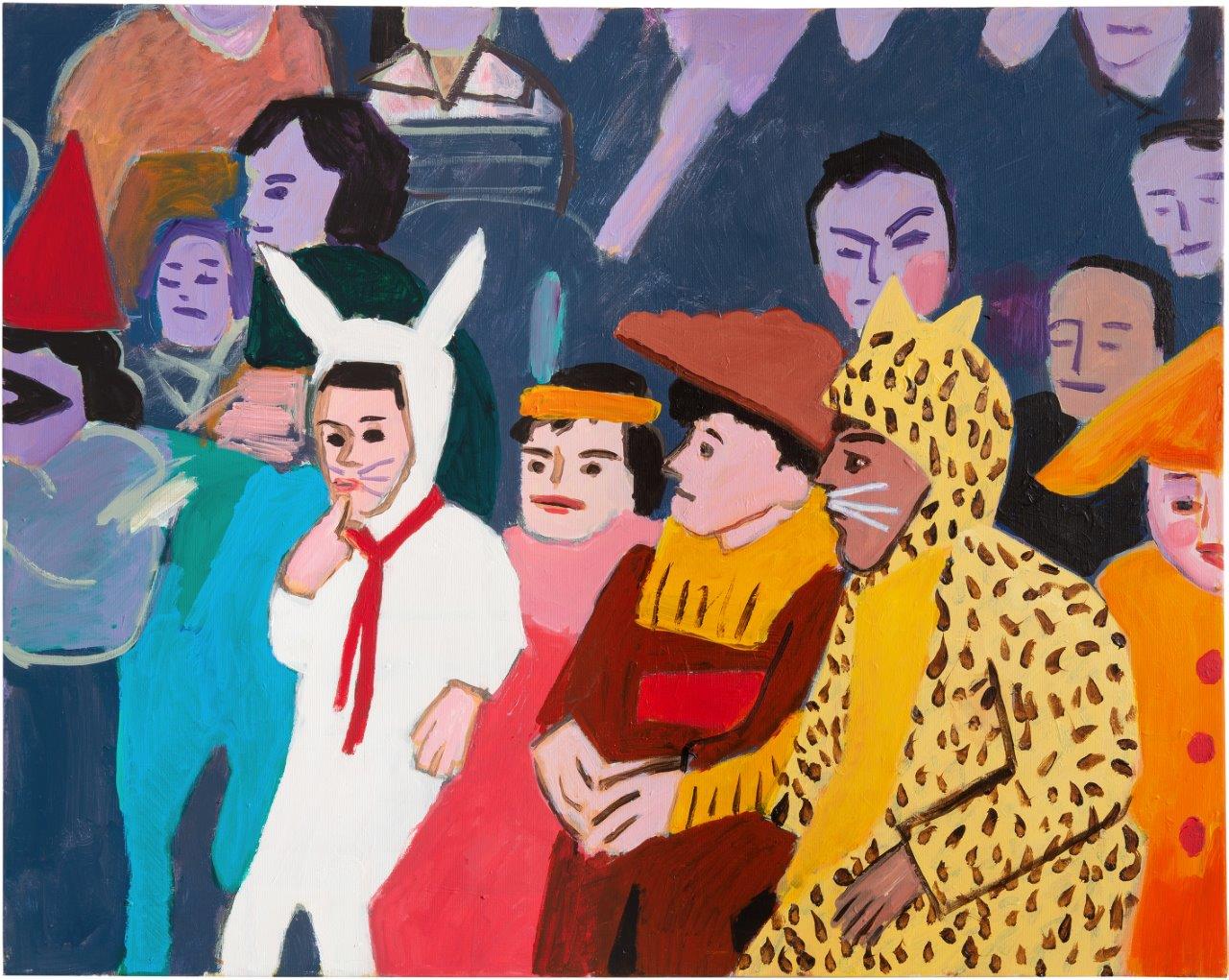
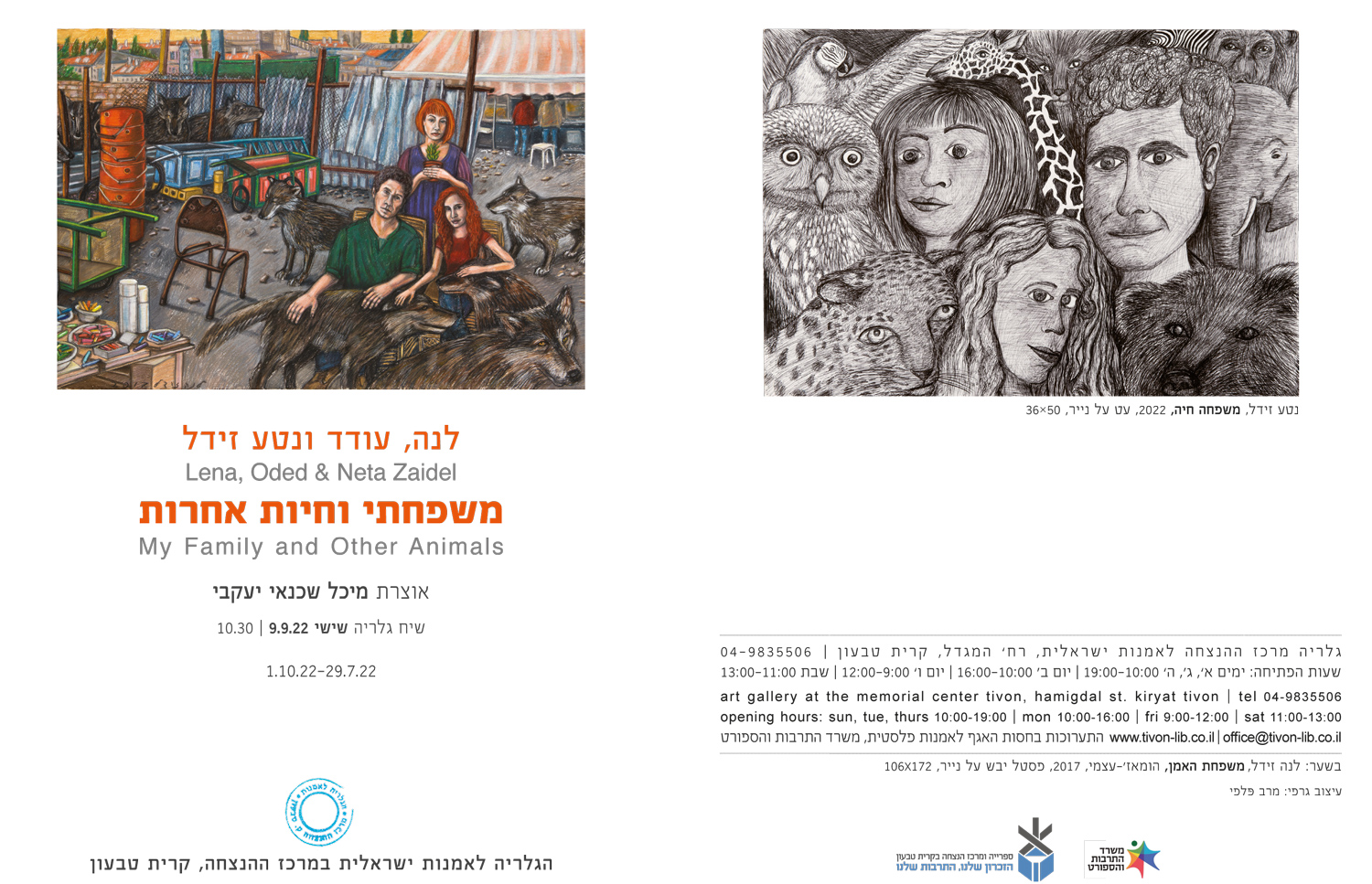

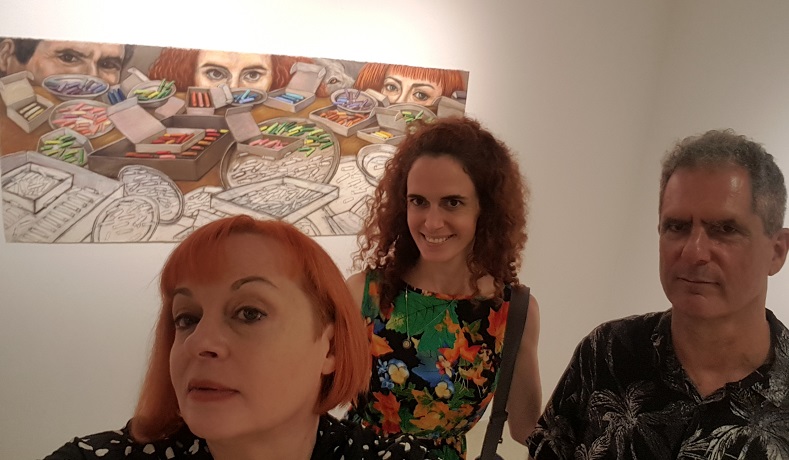
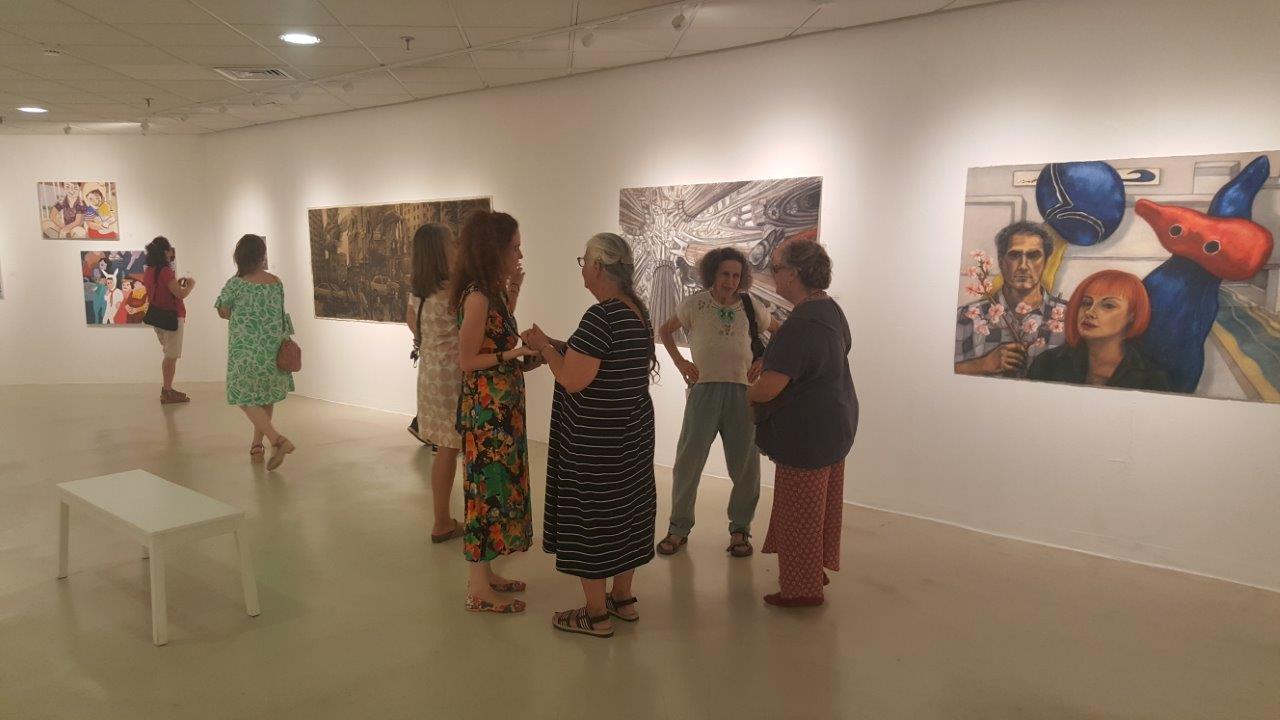
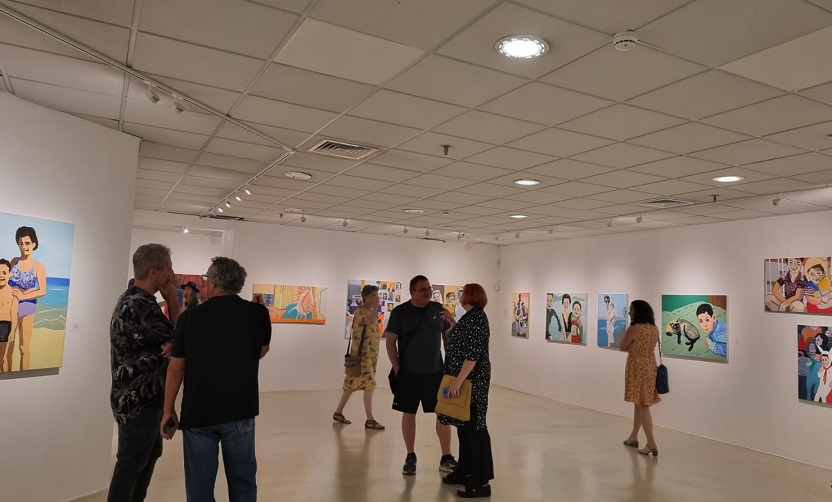



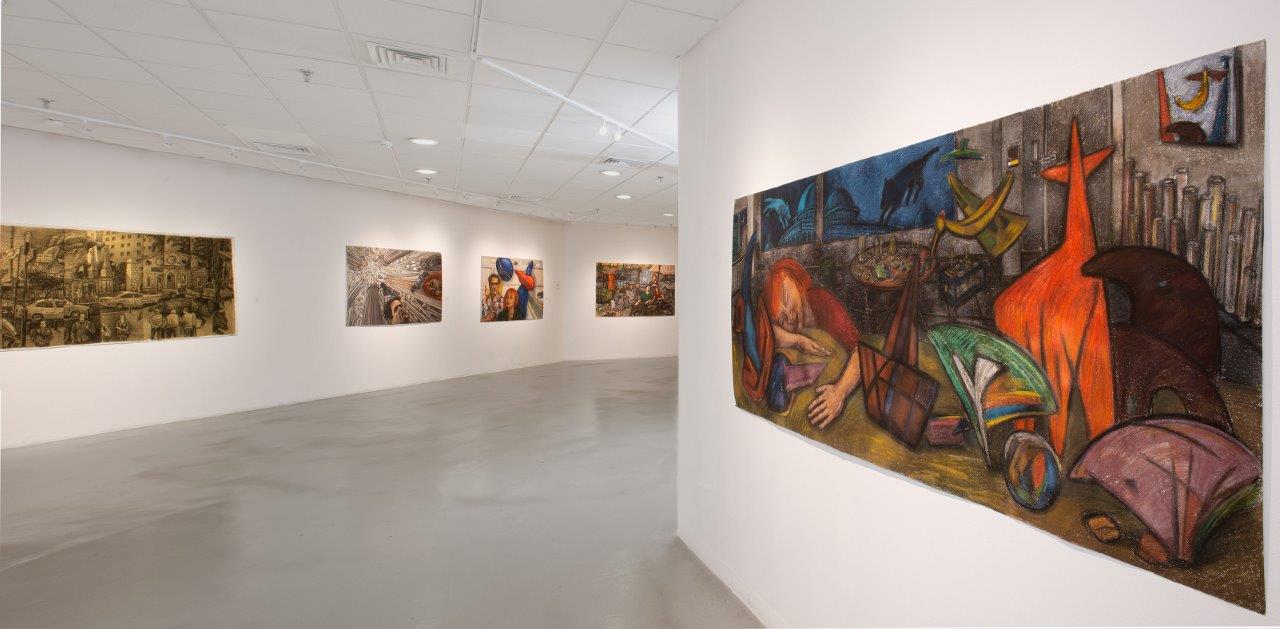

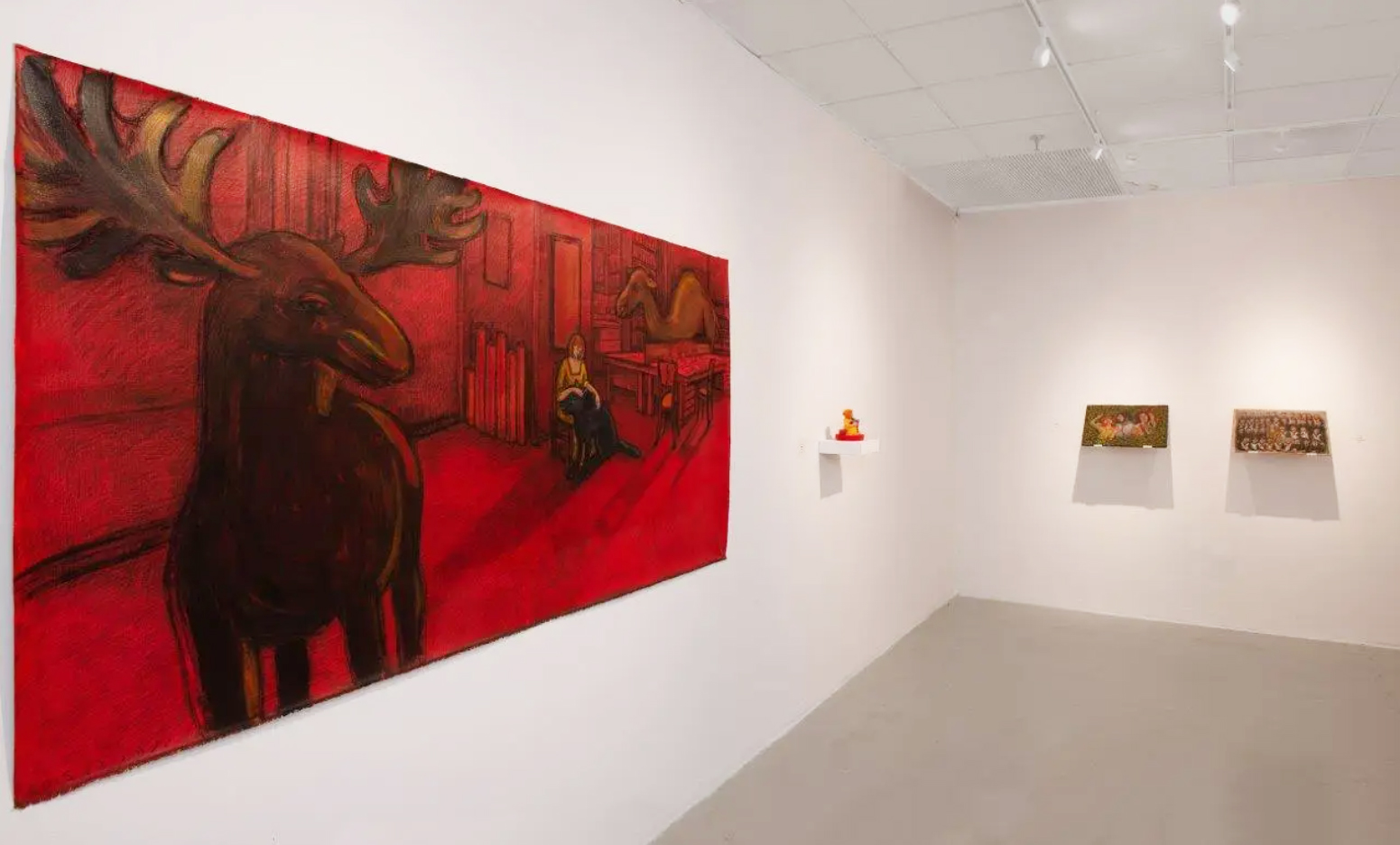
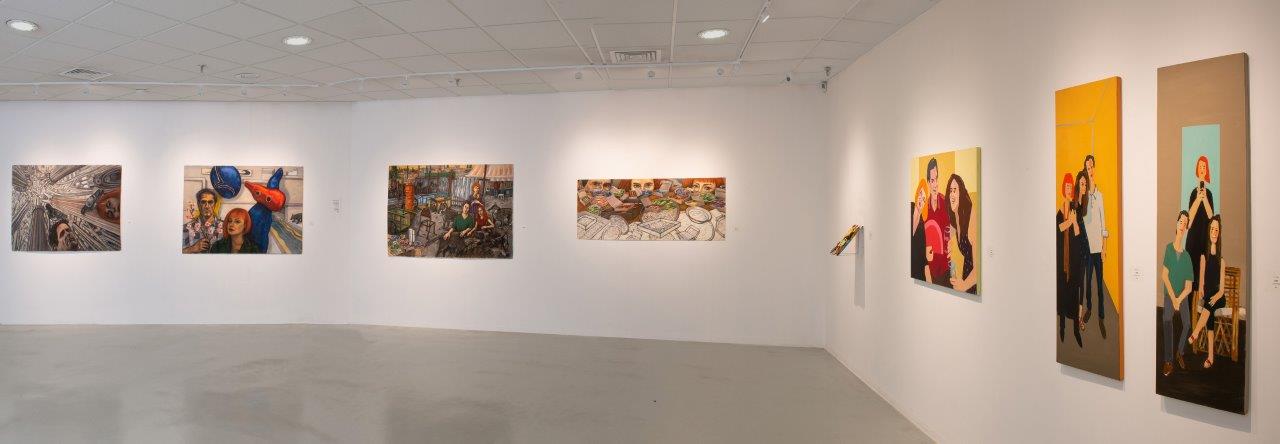

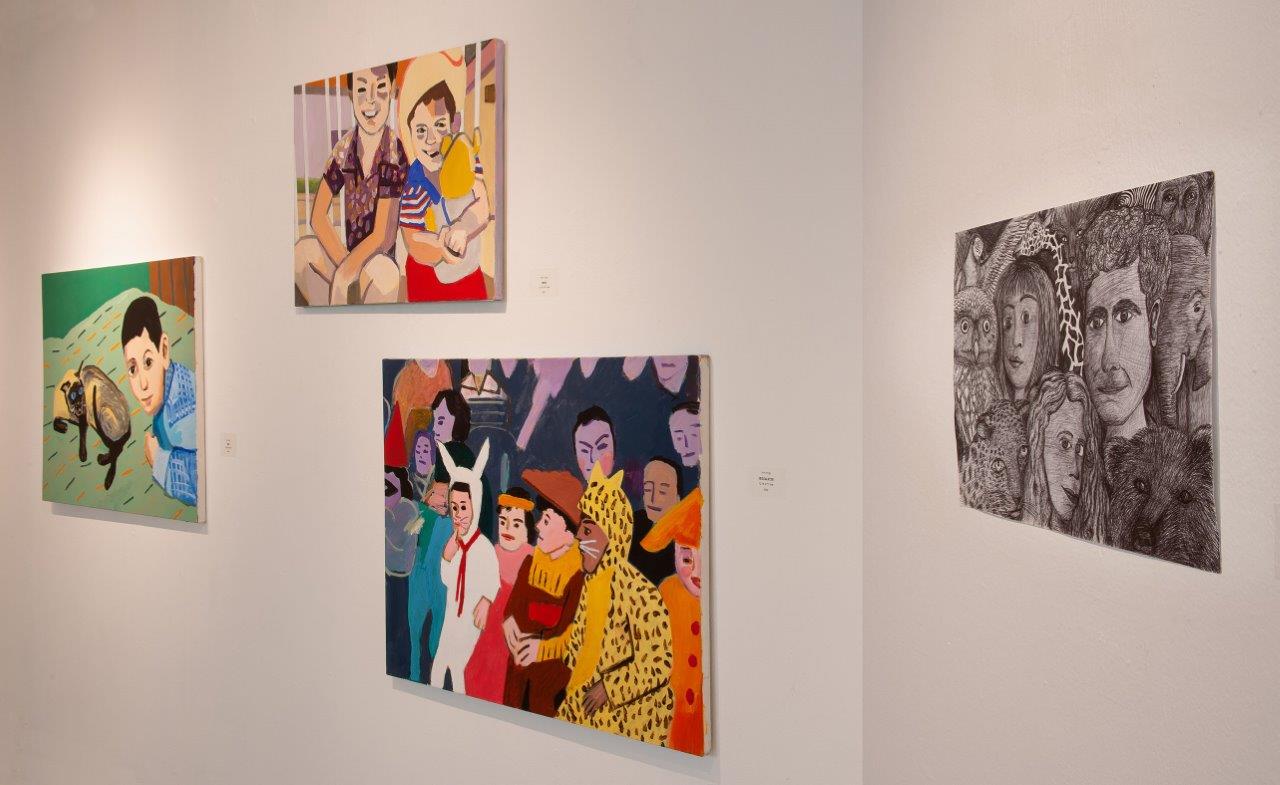
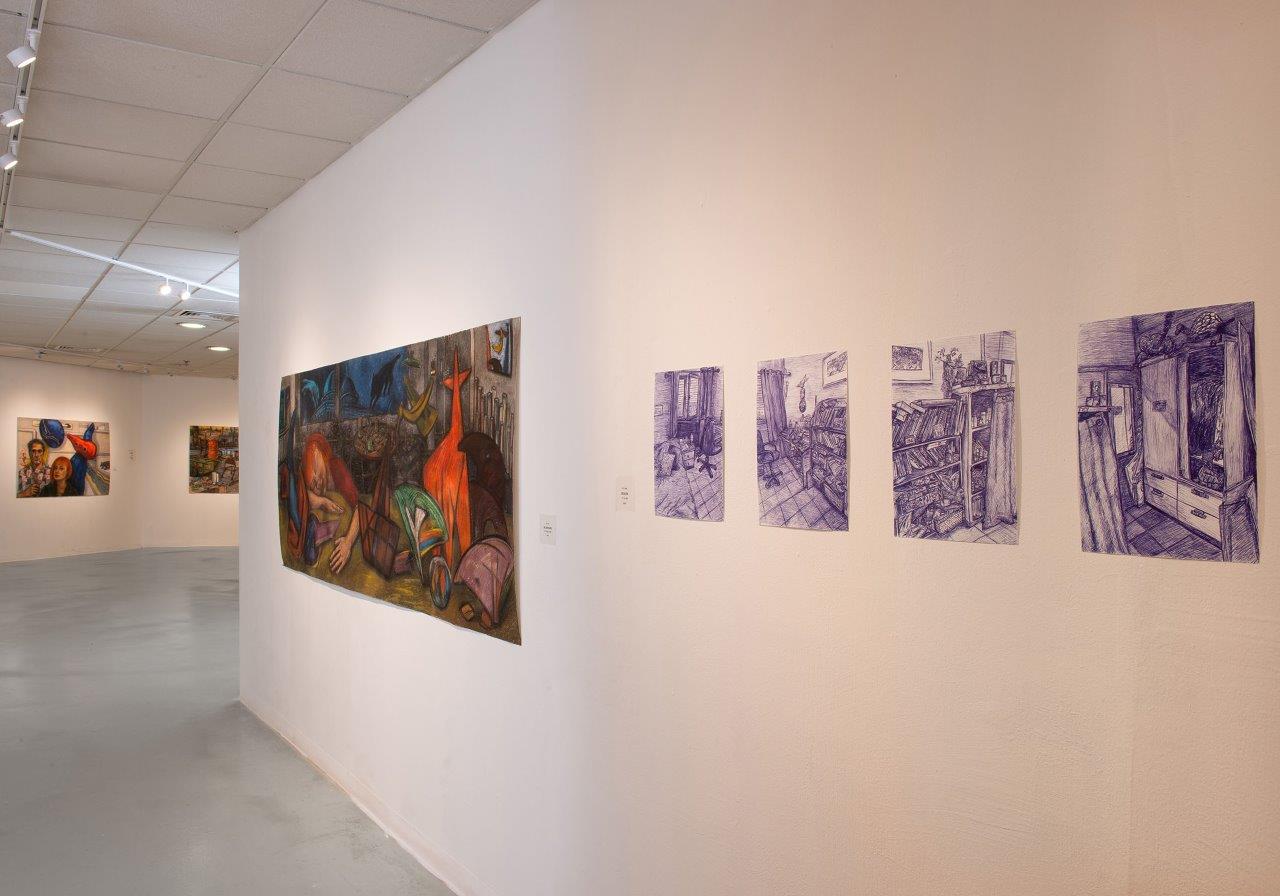
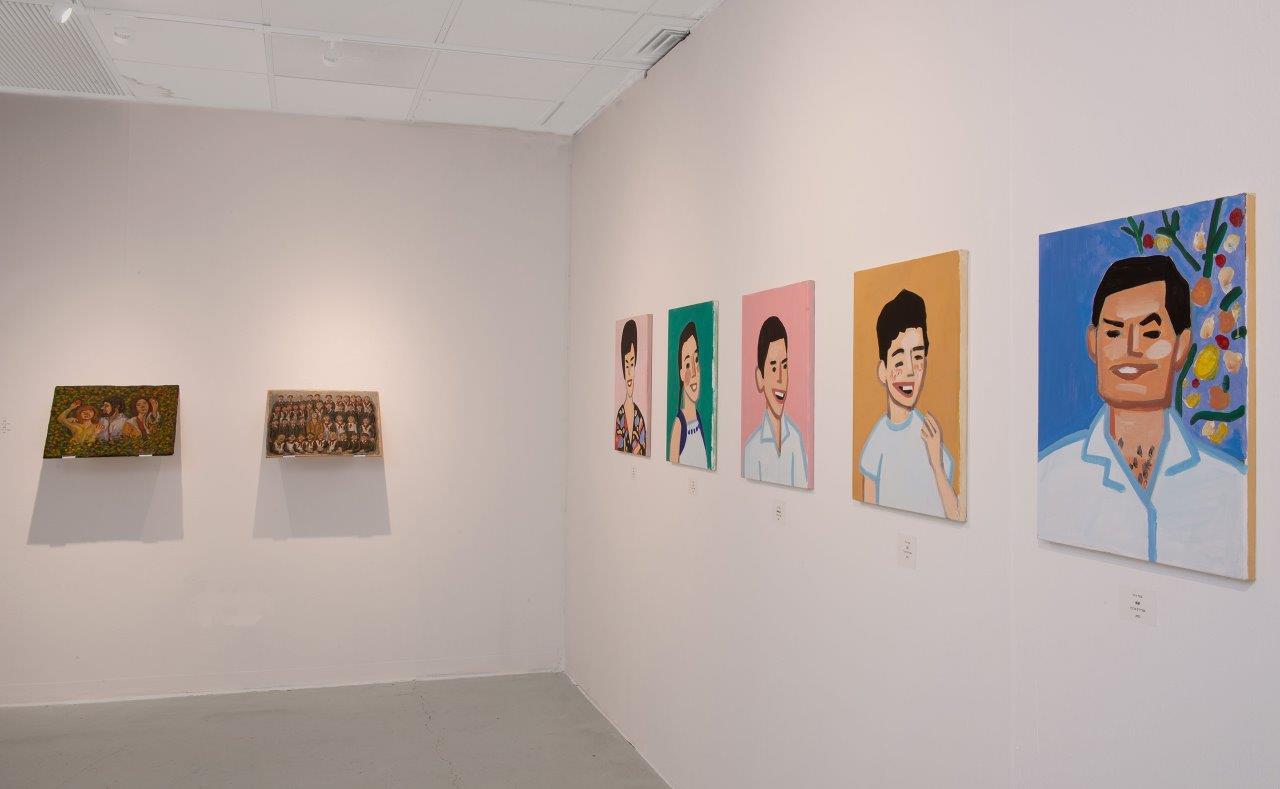

Show More